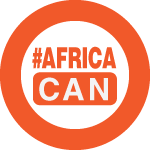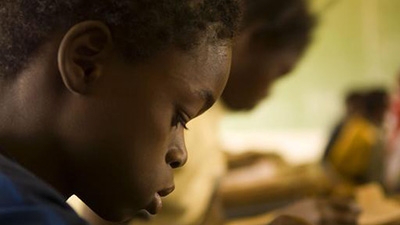Economic Overview
Ethiopia is the second-most populous country in Sub-Saharan Africa with a population of 99.4 million, and population growth rate of 2.5% in 2015. One of the world’s oldest civilizations, it is also one of the world’s poorest countries. The country’s per capita income of $590 is substantially lower than the regional average (source: Gross National Income, Atlas Method). The government aspires to reach lower-middle income status over the next decade.
The economy has experienced strong and broad-based growth over the past decade, averaging 10.8% per year in 2003/04—2014/15 compared to the regional average of 5.4%. The expansion of services and the agricultural sector account for most of this growth, while manufacturing performance was relatively modest. Private consumption and public investment explain demand-side growth, with the latter assuming an increasingly important role in recent years.
Economic growth brought with it positive trends in poverty reduction in both urban and rural areas. While 55.3% of Ethiopians lived in extreme poverty in 2000, by 2011, this figure was reduced to 33.5%, as measured by the international poverty line of less than $1.90 per day.
In its 5th Economic Update, the World Bank Group identifies challenges and opportunities in Ethiopia’s economy and labor market. The report notes that while Ethiopia’s economy was remarkably resilient to the effects of the drought, the 2015/16 growth rate declined to 8%. Addressing key constraints in the economy and labor market will enable Ethiopia to further facilitate economic growth and structural transformation.
The government is currently implementing the second phase of its Growth and Transformation Plan (GTP II). GTP II, which will run from 2015/16 to 2019/20, aims to continue improvements in physical infrastructure through public investment projects and transform the country into a manufacturing hub. The overarching goal is to turn Ethiopia into a lower-middle-income country by 2025. Growth targets are comparable to those under the previous plan, with annual average GDP growth of 11%; in line with the manufacturing strategy, the industrial sector is slated to grow by an average of 20%.
Ethiopia is now strategically planning for the Sustainable Development Goals. For additional information about Ethiopia’s economy, please refer to the most recent economic updates for the country: Why so idle? Wages and employment in a crowded labor market, Laying the Foundation for Achieving Middle Income Status, Strengthening Export Performance through Improved Competitiveness, and Overcoming Constraints in the Manufacturing Sector.
Development Challenges
The main challenges for Ethiopia are sustaining positive economic growth and accelerating poverty reduction, which will require significant progress in job creation, and the continued implementation of improved governance practices. The government is already devoting a very high share of its budget to pro-poor programs and investments. Large scale donor support will continue to provide a vital contribution in the near-term to finance the levels of spending needed to meet these challenges. However, even if donor support is increased, using aid effectively will require Ethiopia to improve governance, empower local authorities, and become more accountable to its citizens. In addition, to maintain high economic growth, the country needs to identify sustainable ways to finance infrastructure, support private investment through credit markets, and tap into the growth potential of structural reforms.
Despite the enormous challenges the country has faced in recent years, Ethiopia has proven resilient and has achieved impressive economic growth. Ethiopia is also among those countries that have made the greatest progress toward achieving the Millennium Development Goals (MDGs). Over the past two decades, there has been significant progress in key human development indicators: primary school enrollments have quadrupled, child mortality has been cut in half, and the number of people with access to clean water has more than doubled. These gains, together with more recent moves to strengthen the fight against malaria and HIV/AIDS, paint a picture of improved well-being in Ethiopia.
However, Ethiopia still faces challenges in achieving the maternal mortality and gender MDGs. Similarly, while access to education has increased, learning outcomes and the quality of education are not keeping pace with it, and there are regional and gender disparities in basic educational proficiency. Notwithstanding the progress in critical aspects of human development, Ethiopia still needs considerable investment and improved policies to reach its development objectives, given the country’s low starting point.
Last Updated: Apr 24, 2017







